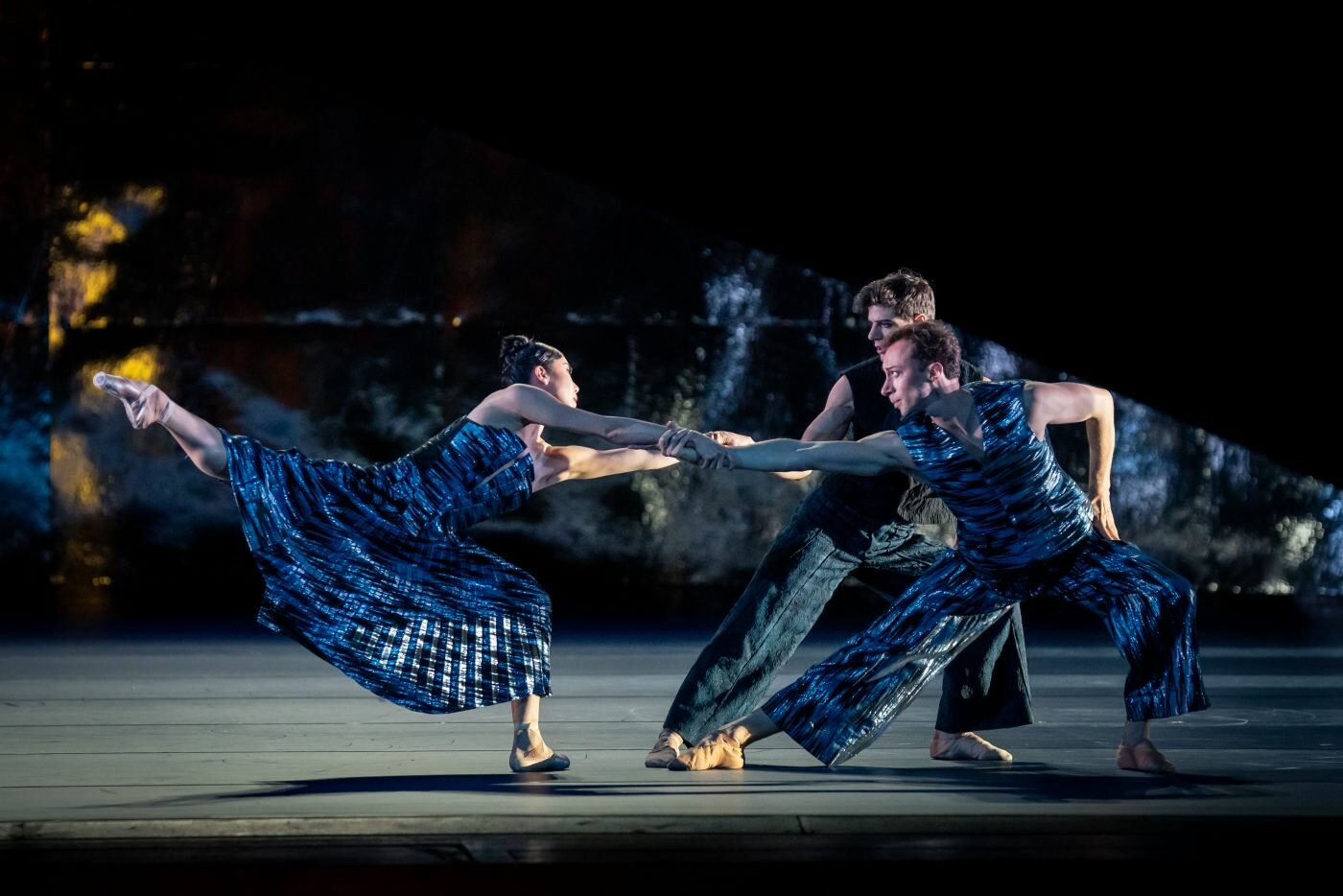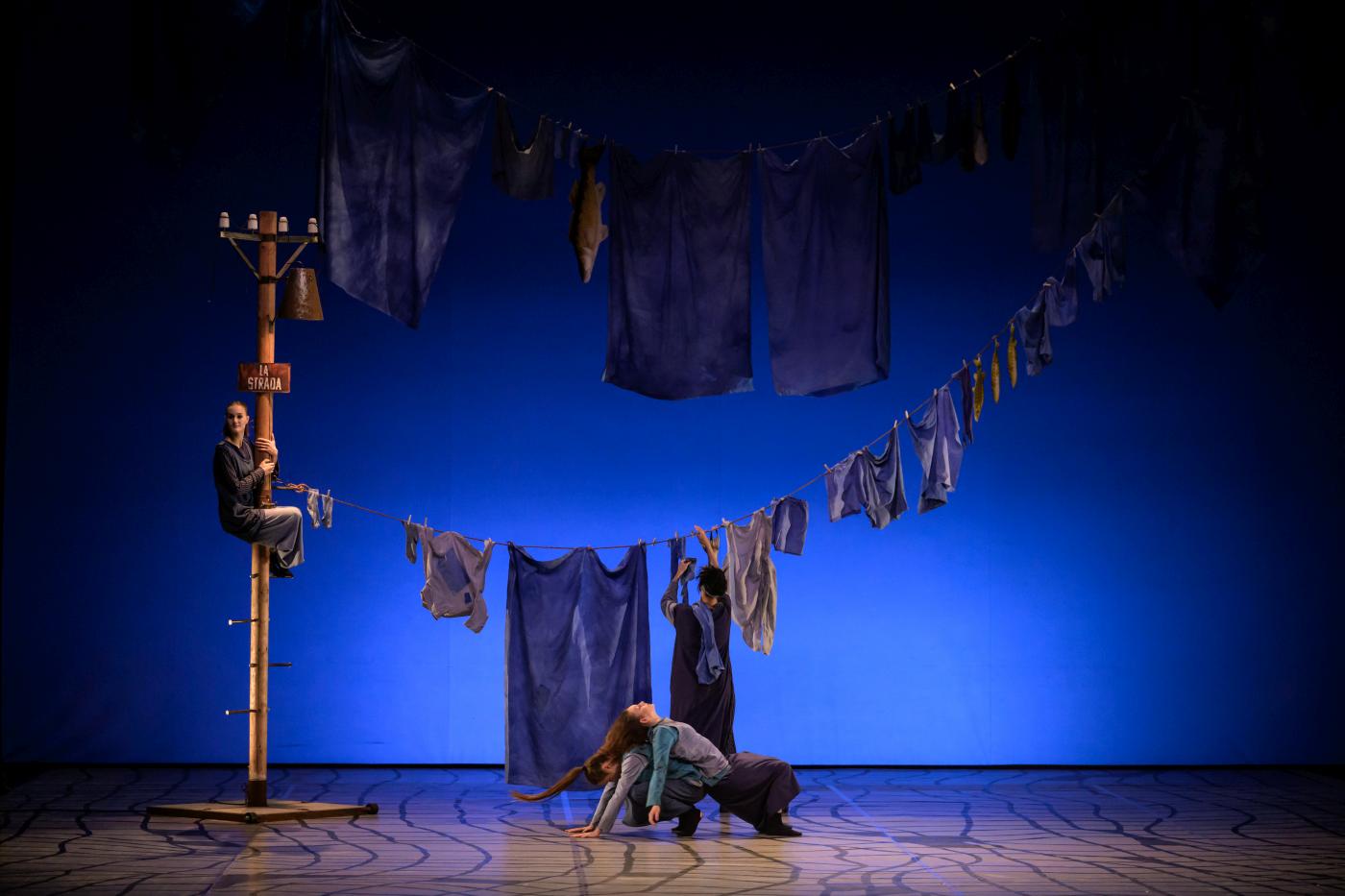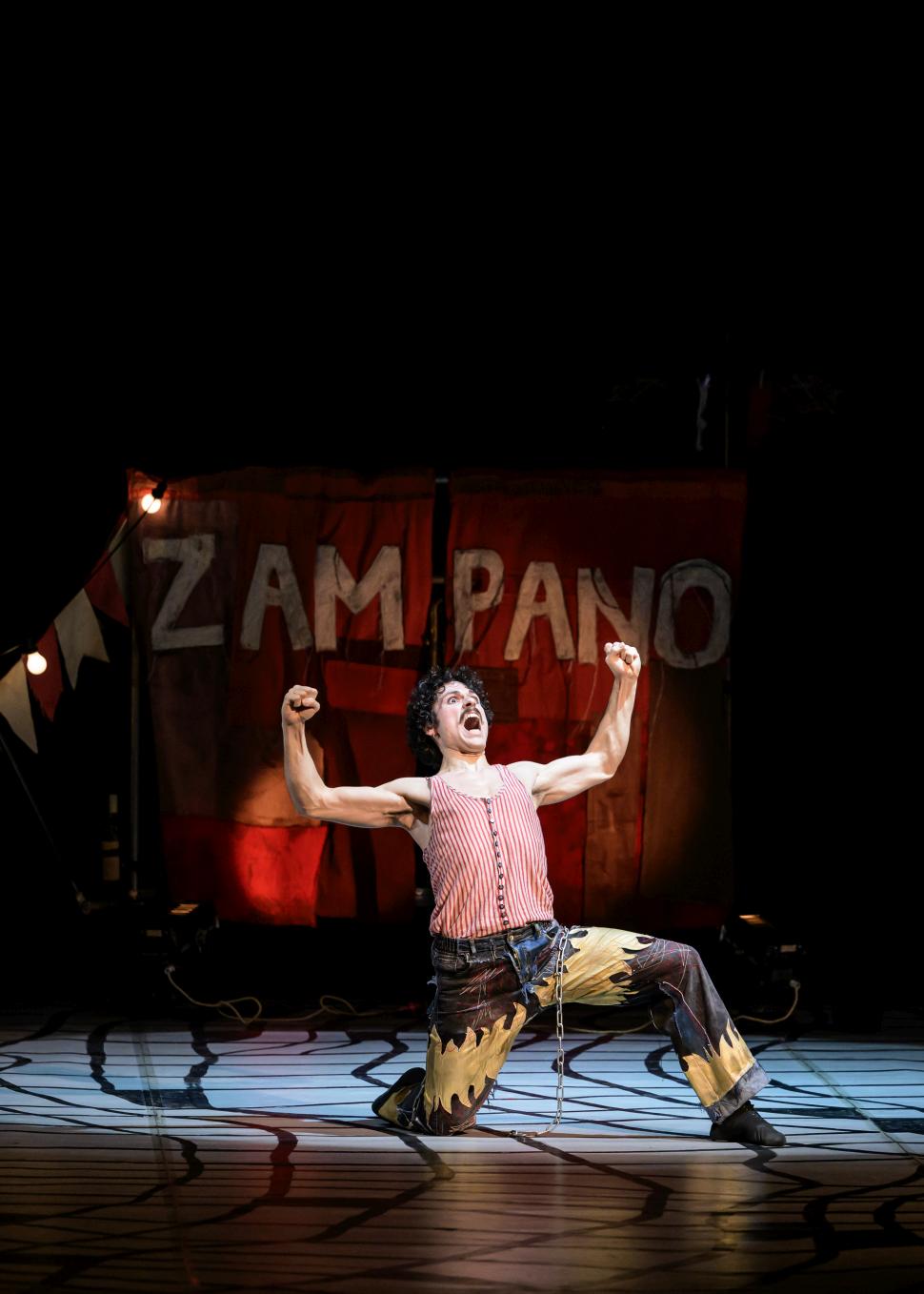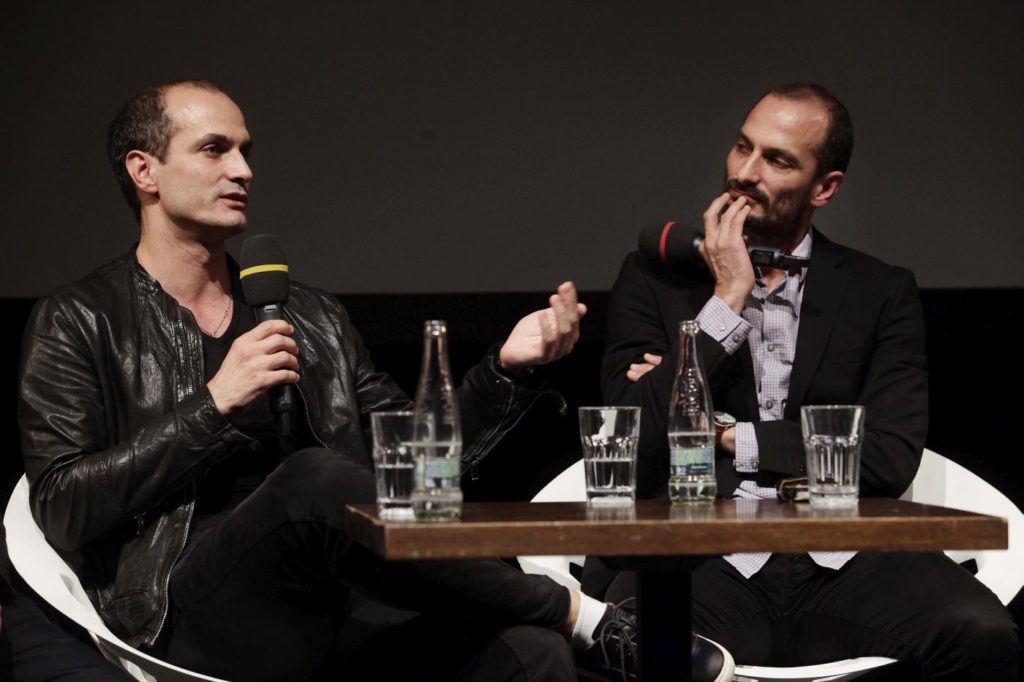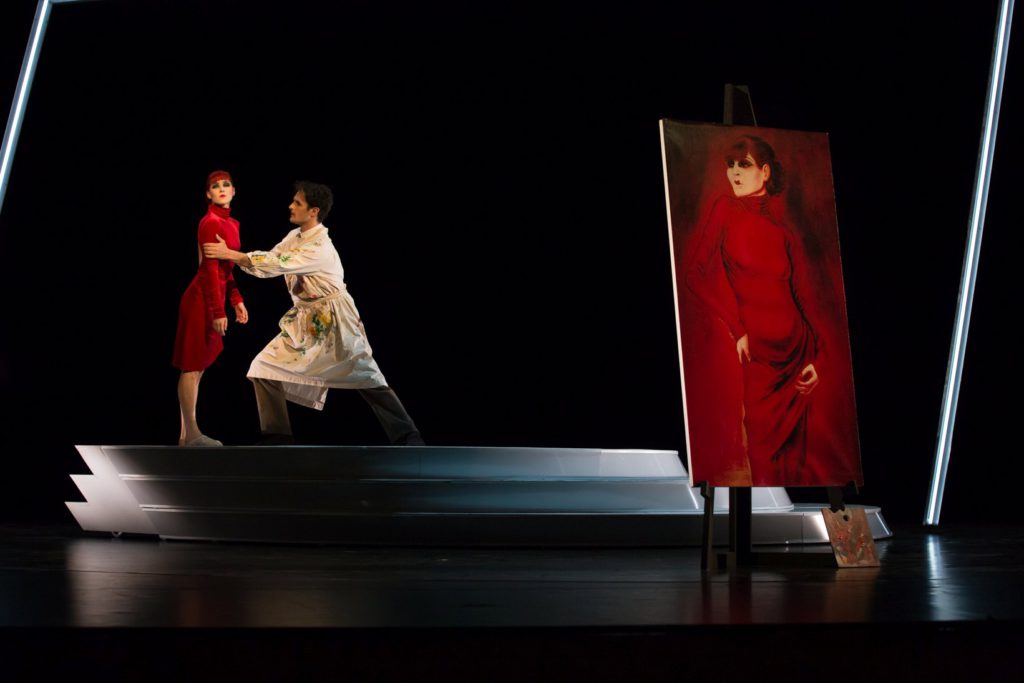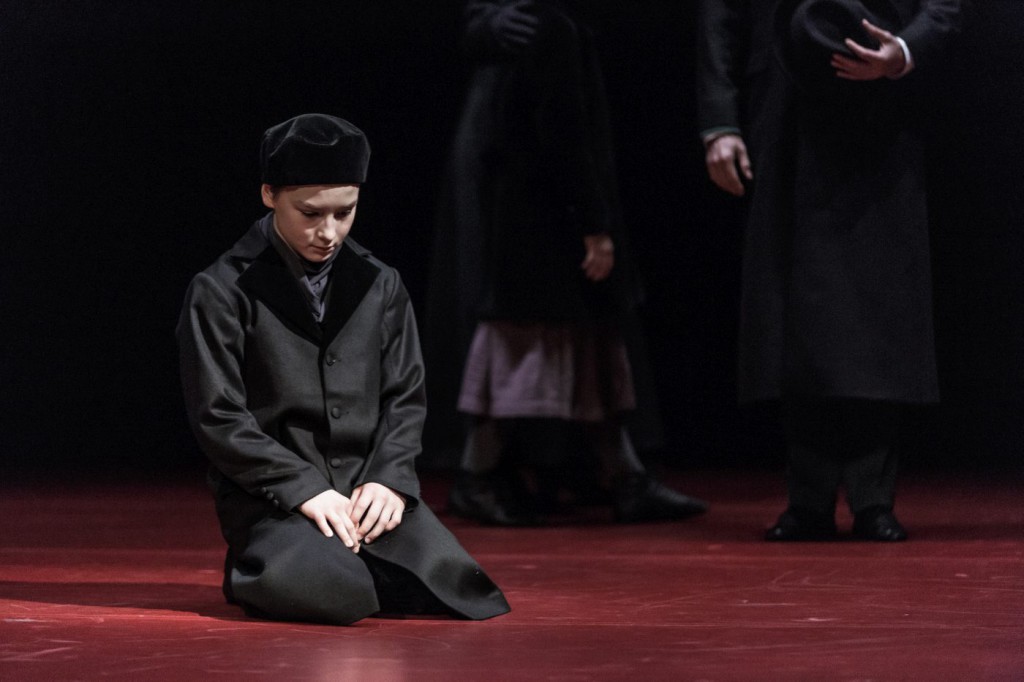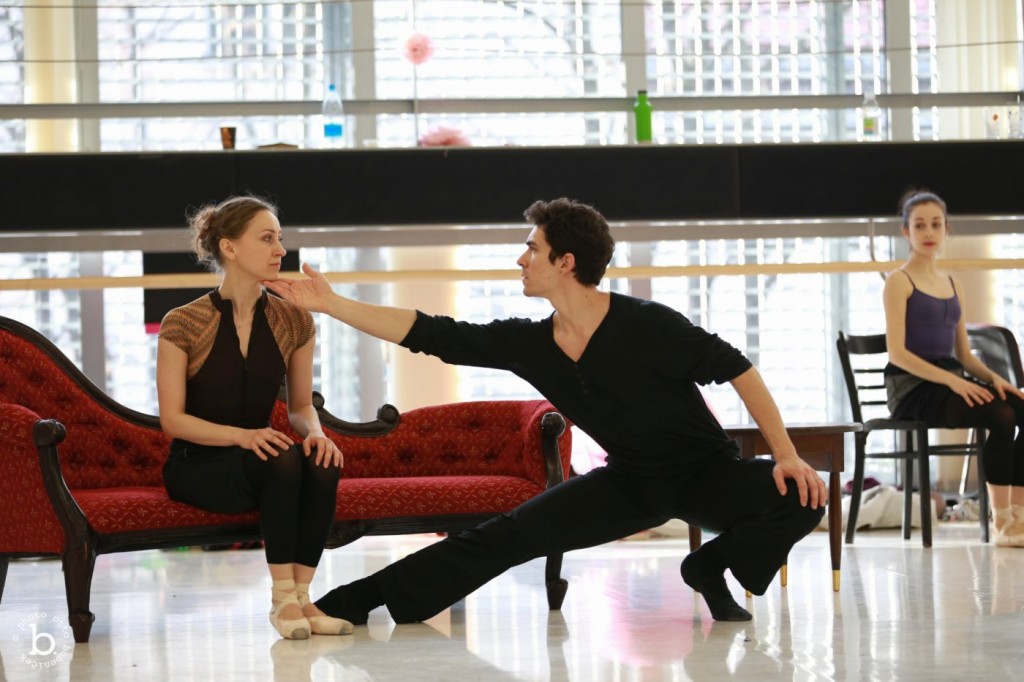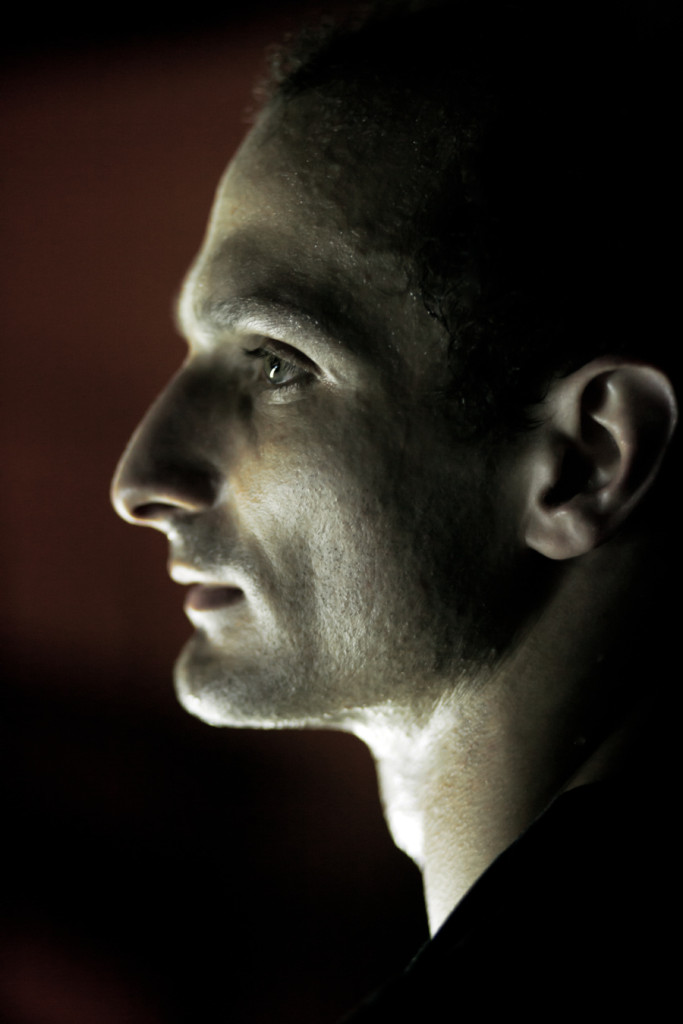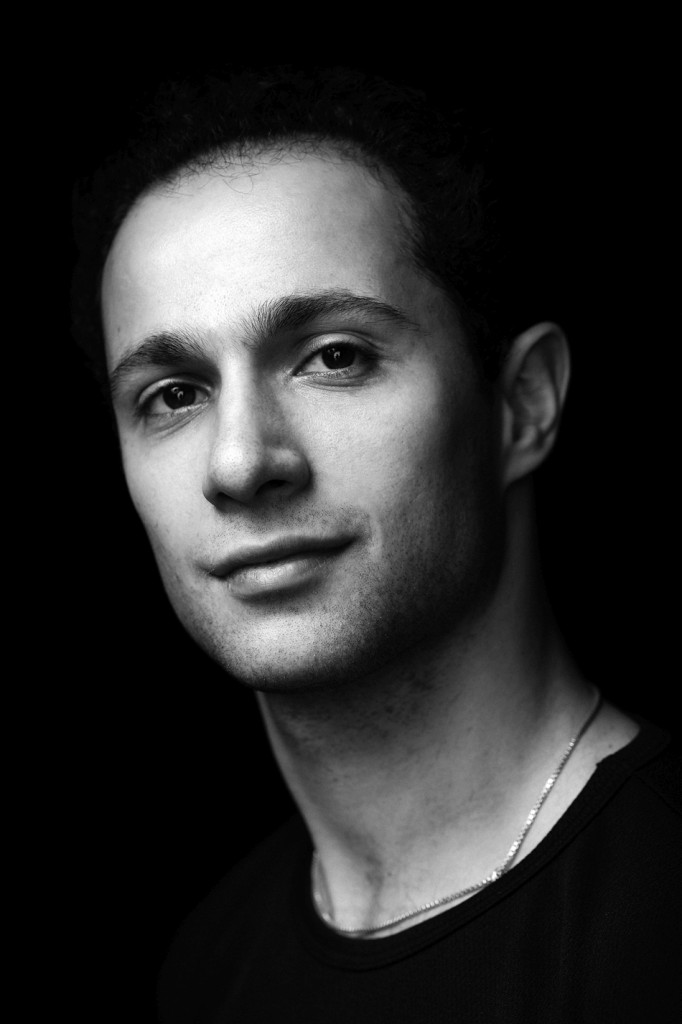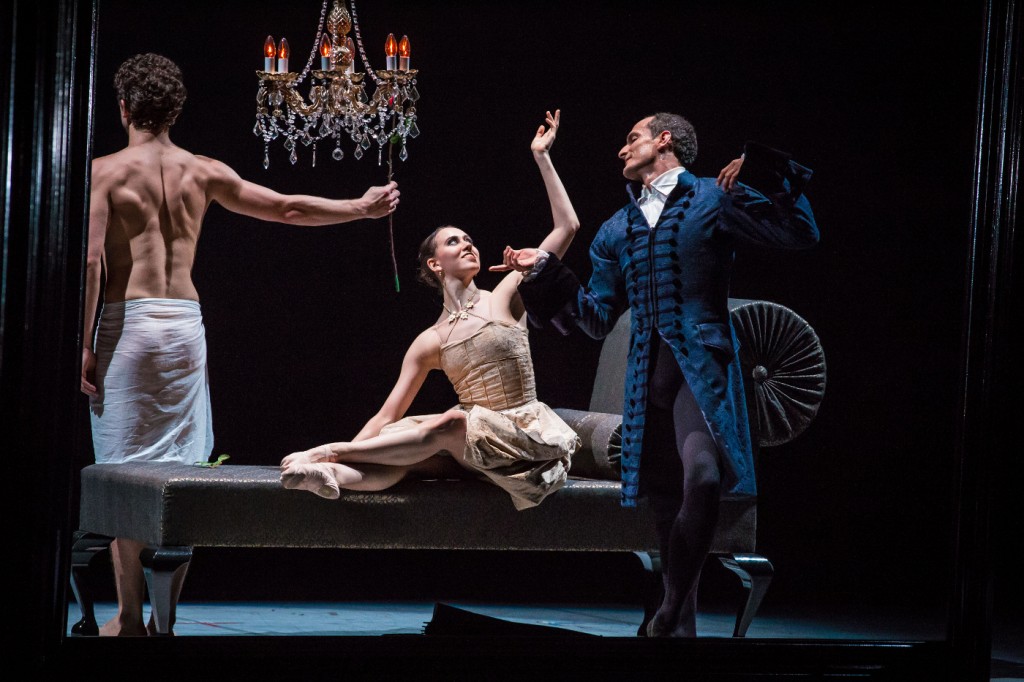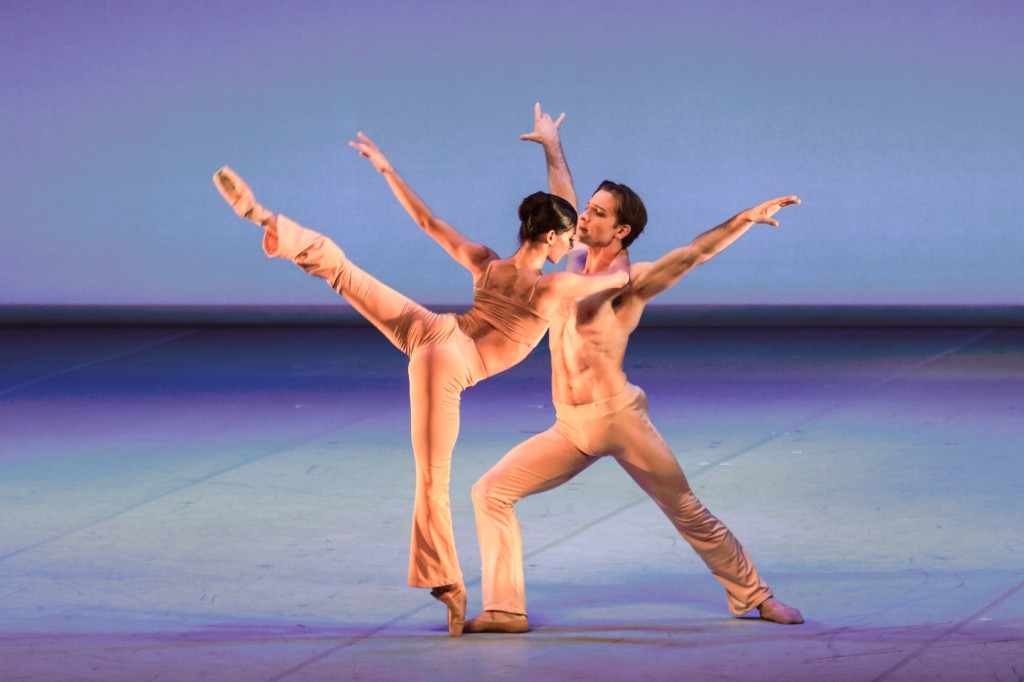Battling Self-Doubt
“Cyrano de Bergerac”
Ballet NdB (Národní divadlo Brno)
National Theatre Brno
Brno, Czech Republic
October 27, 2024
by Ilona Landgraf
Copyright © 2024 by Ilona Landgraf
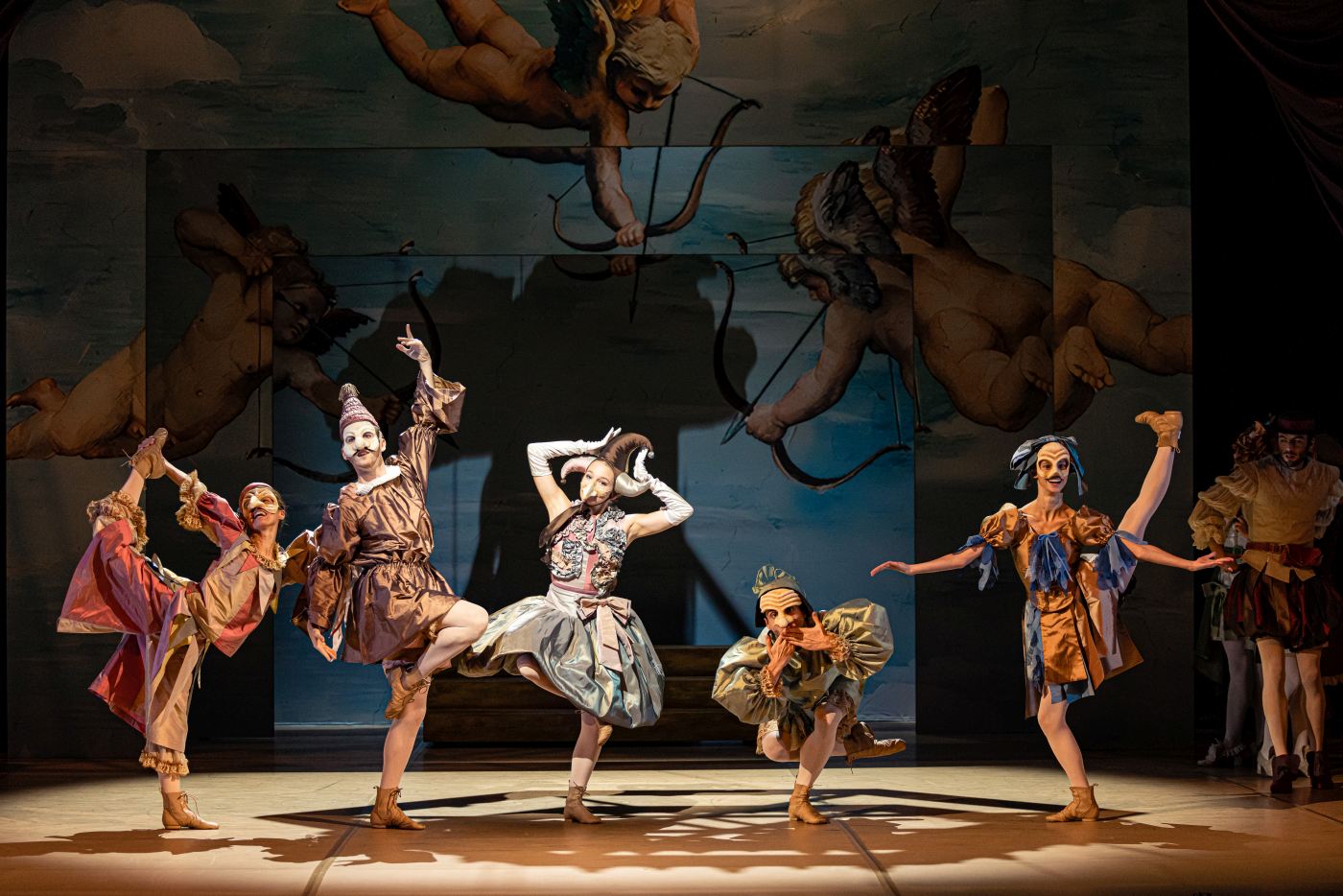 Ten years ago, I watched one of Jiří Bubeníček’s early ballets—The Picture of Dorian Gray—which he created and danced with his twin brother, Otto. Since then, the Bubeníčeks regularly cooperated on many productions, with Jiří usually contributing the choreography and Otto the design. Their latest ballet, Cyrano de Bergerac for the Ballet of the National Theatre Brno in the Czech Republic, is also a product of family cooperation, especially given that Jiří’s wife and longstanding artistic collaborator, Nadina Cojocaru, joined the team as costume designer.
Ten years ago, I watched one of Jiří Bubeníček’s early ballets—The Picture of Dorian Gray—which he created and danced with his twin brother, Otto. Since then, the Bubeníčeks regularly cooperated on many productions, with Jiří usually contributing the choreography and Otto the design. Their latest ballet, Cyrano de Bergerac for the Ballet of the National Theatre Brno in the Czech Republic, is also a product of family cooperation, especially given that Jiří’s wife and longstanding artistic collaborator, Nadina Cojocaru, joined the team as costume designer.
Cyrano de Bergerac is based on the eponymous 1897 romantic-comedy verse drama by the French dramatist Edmond Rostand (1868-1918). Rostand modeled the hero after Hector-Savinien de Cyrano (1619-1655), nicknamed Cyrano de Bergerac. A fabulously heroic swordsman, he served in various regiments before quitting the cadet’s life and dedicating himself exclusively to writing prose and love poetry. The prominent nose that affected the love life of his literary representative also graced the real de Cyrano, though it was more moderately sized. (more…)
